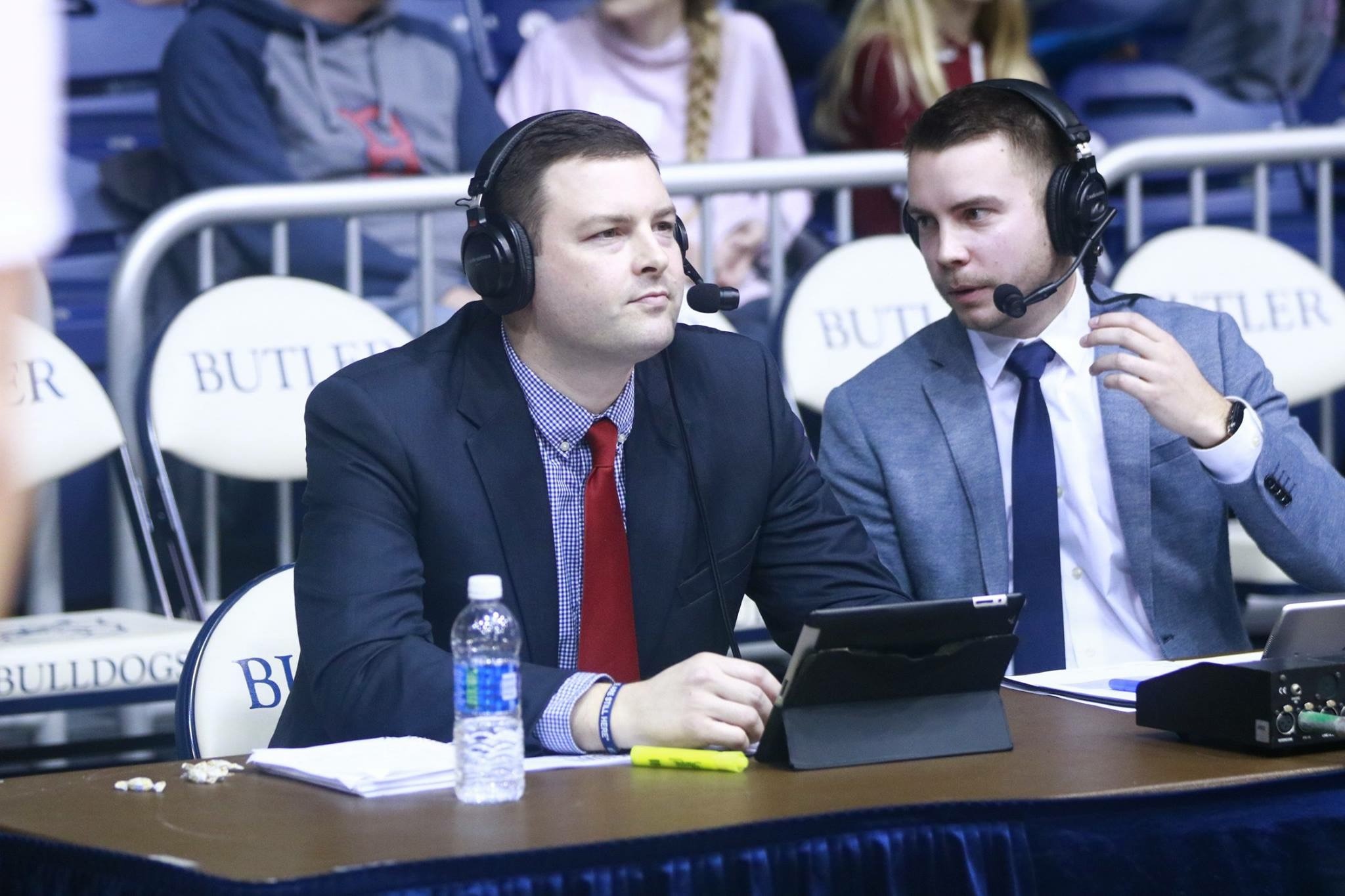“That fly ball out is brought to you by…ACME Pest Control to get the flies out of your house choose ACME.” Ok, maybe that’s extreme, and by the way made up by me, but you’ve heard the “drop-ins” on your favorite sports radio broadcast. Let’s face it, as much of an intrusion as these “reads” can be, they allow the station to afford the broadcast rights fees and allow them to pay, you!
When it comes to baseball, everything seems to be sponsored, from the time and temperature to save opportunities all can be seen as money-making opportunities. They have to be, because the cost of doing business with a professional sports team on radio isn’t cheap. There are those occasions where the team and the station enter into a revenue share, even in these cases revenue has to be generated to be shared. See what I’m saying?

Creativity has to reign supreme when it comes to sponsorships during radio broadcasts of sporting events. Why? You have to keep an audience and why not entertain when you are trying to sell. Sometimes it’s just being innovative.
For a few years Chicago White Sox home games started at 7:11pm, with a sponsorship by who else? 7-11. Makes sense doesn’t it? A team on the West Coast has a “Shake up play of the game”, which is sponsored by the California Earthquake Authority. Seems pretty obvious. As the game evolves so do the sponsorship opportunities. Now that replay challenges are a part of baseball and other sports, one baseball team calls it, “The Barbasol Close Shave Challenge” when a manager requests a replay. Clever and clean. Fun.
There are obvious tie ins that come along in baseball games. “What’s on Tap” brought to you by a beer advertiser. “Diamond Notes” sponsored by a local jeweler. “Who’s hot and Who’s Cold” coming to you from an HVAC company. Or the “Catch of the Day” served up by a local fish restaurant. Corny, but effective and fun to play off of if you’re doing the game.
Baseball games allow you a little more time to spend reading these in game commercials. Situations automatically lead to “read” or “card”. Double plays, stolen bases, home runs and strike outs are usually the plays that lend themselves to advertising. If one of those plays happen, you read. It’s simple right?
Not exactly.
Make your call, allow your analyst to break the play down, then, because the pace of the game allows, you can get in that ad. It’s only obtrusive if you allow it to be. Sometimes you can even go back several batters later if the moment doesn’t allow for that ad to run at that particular time. This is the beauty of baseball and its slower rate of play than other sports. Even if it’s the next half inning you can say, “the stolen base by Player X in the top of this inning was sponsored by…”. Just get the copy read.
Football and basketball broadcasts almost work the same way as baseball. Yes, there are a lot of in game sponsorship cards to read and yes it can seem overwhelming at times. The fact is there is enough down time in these faster moving sports to get plenty of these sponsorships into the broadcast.

In football, the time between plays is 40 seconds, most of the reads (if they’re written well) are between :10-:15 seconds. That’s plenty of time for the call, analysis and a sponsor read. The exception is a hurry up offense, but again, you can use the baseball trick by referring back to a play several moments after it happens. Nothing lost by either the announcer, listener or advertiser. Basketball has its definite moments of availability when it comes to sponsorships. If the starting lineups are sponsored that’s an easy one to get in moments before tip-off. Others can be read during and in between free throws, or going into or coming out of time outs. Plenty of time to take your time and give the advertiser all the value added content to keep them happy.
Hockey broadcasts do make it a bit tougher to work in these advertisements. The game moves so quickly and especially if a “time in the game” is sponsored (ie, 15-minute mark, sponsored by that insurance company) try to get it in as close to that time as the game allows. You can’t sweat it. No advertiser worth its salt would argue with the timing. They don’t want to be intrusive into the flow of a game, they only want their copy read in a professional manner as close to that time as you can get.
More and more these days, not only do you have to be good at play-by-play or color commentary, you need to be a salesman. Believe me, after 162 games of baseball, it can get uber repetitive and monotonous but it’s part of the gig these days.
Remember that you are there to call a game, first and foremost, that’s the job you were hired to do. At the same time, announcers have to understand that while it can get frustrating, business has to be conducted. Yes, sponsorships sometimes can ruin the flow of conversation and intrude on the game itself at times, but remember there’d be no broadcast without them.
Andy Masur is a columnist for BSM and works for WGN Radio as an anchor and play-by-play announcer. He also teaches broadcasting at the Illinois Media School. During his career he has called games for the Chicago Cubs, San Diego Padres and Chicago White Sox. He can be found on Twitter @Andy_Masur1 or you can reach him by email at Andy@Andy-Masur.com.





